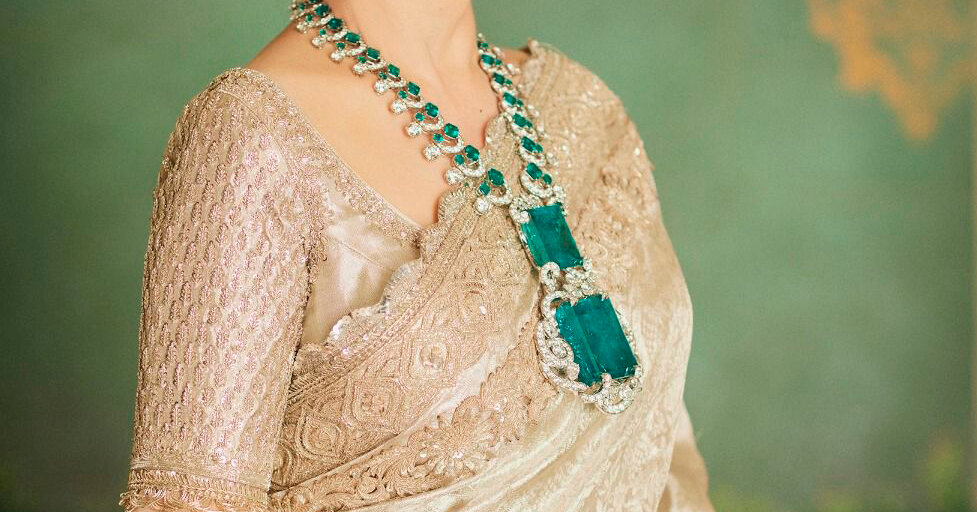
When Prime Minister Indira Gandhi of India abruptly changed her country’s constitution in 1971 and abolished the Privy Purse, a government allowance for the country’s former princely rulers, she also moved to nationalize their storied treasuries. Among the maharajahs, nizams and nabobs that once ruled the subcontinent, this set off a frenzy as they scurried to bury the family jewels.
For centuries, the rarity, scale and grandeur of Indian jewels was so great that many became iconic objects. Take the Patiala Necklace, a tiered ornament resembling draperies of gems. Designed by Cartier, it featured an astounding 2,930 diamonds and centered on a single rock the size of a walnut. Or consider the Indore Pears, two stupendous and closely matched diamonds owned by Maharajah Yeshwant Rao Holkar II, a glamorous westernized ruler whose kingdom was in the central Indian state of Madhya Pradesh.
Indian princely patronage long set a global standard of splendor for both artistry and ostentation in the jewel trade. Yet in the decades after the Privy Purse, most of the big rocks seemed to have vanished underground. Legend has it that members of formerly royal families stashed their jewels in Swiss vaults, pawned them on the black market or hid them in flower pots.
Bling on a royal scale largely disappeared. Or so it seemed until a fresh cadre of princes heaved into view: oligarchs. The richest of these by orders of magnitude is Mukesh Ambani, the chairman of his family’s megacompany Reliance Industries. Mr. Ambani’s personal fortune is estimated by Forbes at a staggering $115 billion. Despite his vast wealth, few outside India had heard of him — that is, until March 1, when he hosted a three-day party to celebrate his son Anant’s wedding in July.
Everything about the pre-wedding affair was on a princely scale: the guest list of 1,000, including boldface names like Mark Zuckerberg, Bill Gates and Ivanka Trump; a glass palace specially constructed in the Ambani’s hometown, Jamnagar, in the western state of Gujarat; and Rihanna’s first public performance in years.
Rihanna’s reported $6 million payday hogged the headlines, but what lit up at least one obsessive corner of the internet was the Ambani jewelry. This included necklaces and earrings and rings and hair ornaments of a size and grandeur seldom seen publicly since the days of the Raj.






